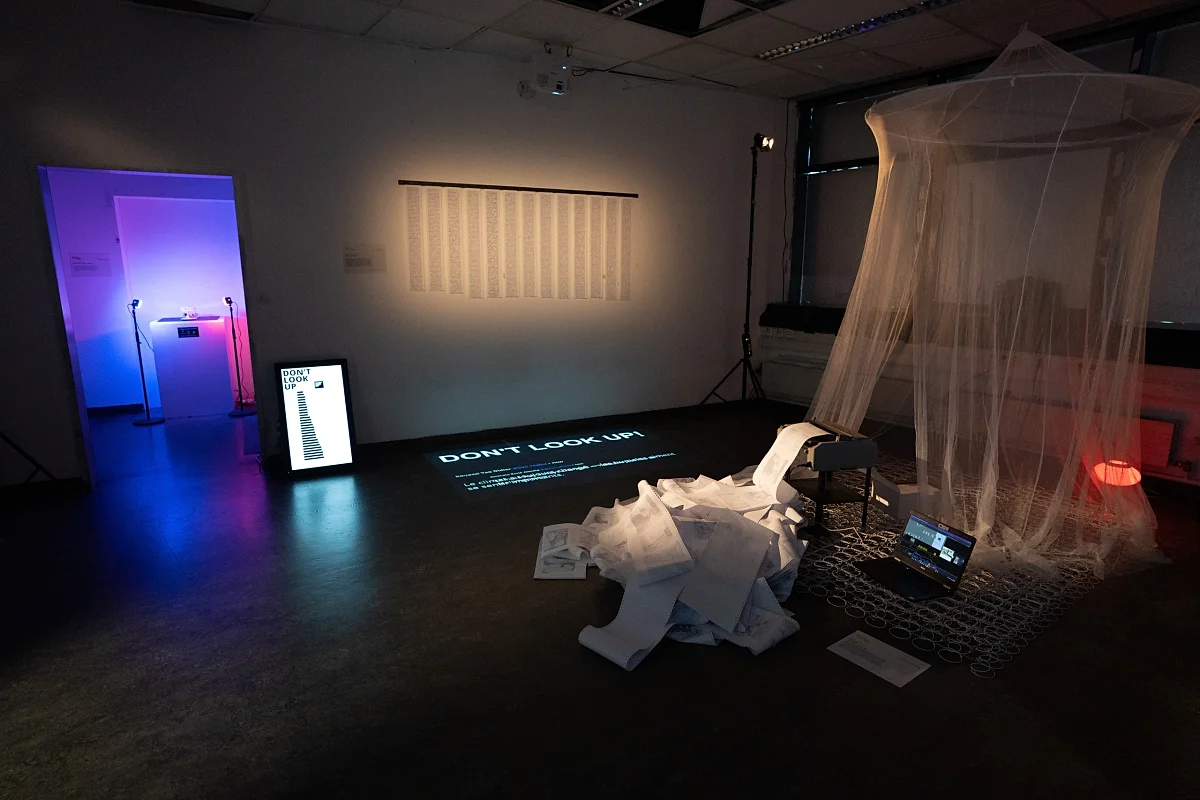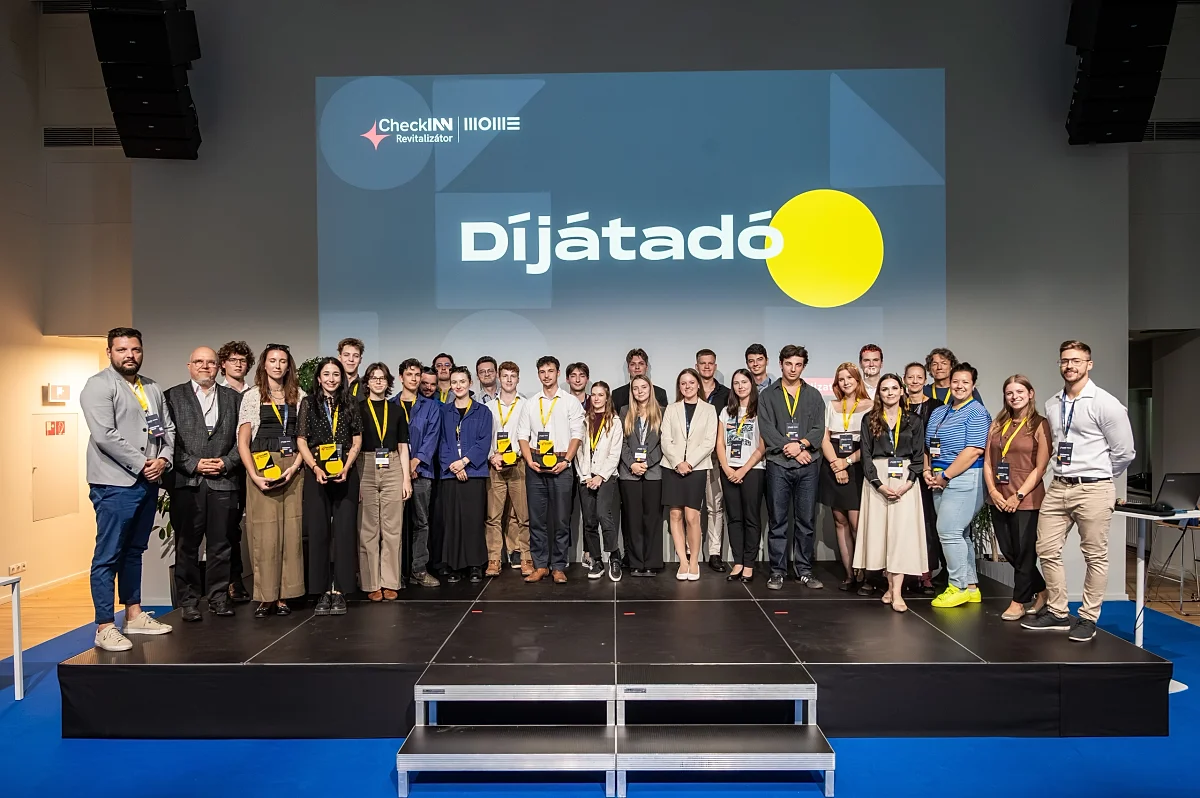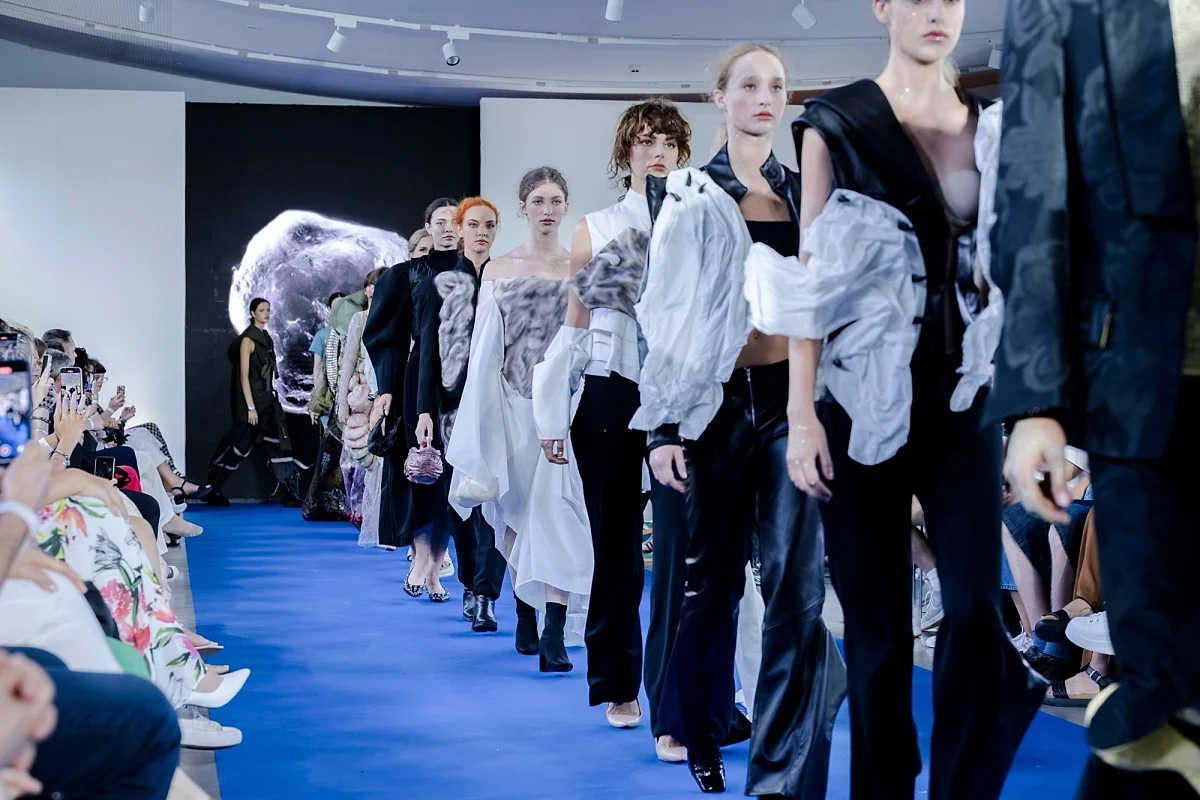
BEST OF MOME – CHALLENGING FUTURE - MOME diploma exhibition at the London Design Week
The works of the newly graduated designers offer diverse and innovative solutions to the challenges of tomorrow, presenting perspectives on the future of design, animation, architecture, interaction design, and photography. These projects not only demonstrate a commitment to professional legacy but also to innovation, offering thoughtful responses to urgent contemporary issues, from sustainability to social processes and the relationship between humanity and technology. The curatorial team selected these works for their academic excellence as well as their ability to inspire reflection and foster dialogue on future challenges.
Of the twelve featured projects, a few are highlighted here, ranging from animated films and research-based projects to concepts reflecting on climate change, architectural designs, and a speech development app.
One particularly relevant project in the field of interaction design is MindCare, developed by Diana Hubska. This complex digital toolkit addresses the issue of post-traumatic stress disorder caused by war.
Mouth Hero is an interactive, imaginative speech development app based on voice recognition technology for children with multiple disabilities enabling children – the “Mouth Heroes” – to perform acts of heroism through articulatory movement exercises using their voice.
Rebeka Winkler’s project, Roma Parliament and Community House Revitalisation, demonstrates how architecture can serve disadvantaged communities. Her redesign of the Tavaszmező Street complex, whose inhabitants were evicted in 2016, retained the original structure while integrating contemporary functions.
Ádám Teket’s Urban Oasis also offers architectural solutions. His concept explores the urban heat island effect, a microclimatic phenomenon, where densely built and artificially surfaced urban areas absorb and retain significantly more heat than their surroundings. Combined with increasingly intense summer heat waves, this exacerbates discomfort and has been shown to have adverse health effects, particularly among the elderly, children, and those with cardiovascular problems.
Responding to the challenges of climate change, Nóra Gulya’s Sustastic Effects is a sustainable material experiment project for developing eco-friendly alternatives to petroleum-based effect yarns used in knitted fabrics.
Ágnes Petrucz’s installation Hello, generated_name! explores dataism and the constant flow of data between the physical and digital spaces.
Each designer featured in the exhibition presents a video message in which they respond to questions about their work. The messages, along with the projects, can be viewed here: https://mome.hu/en/best-of-mome.
The exhibition is open until 21 September 2024.


